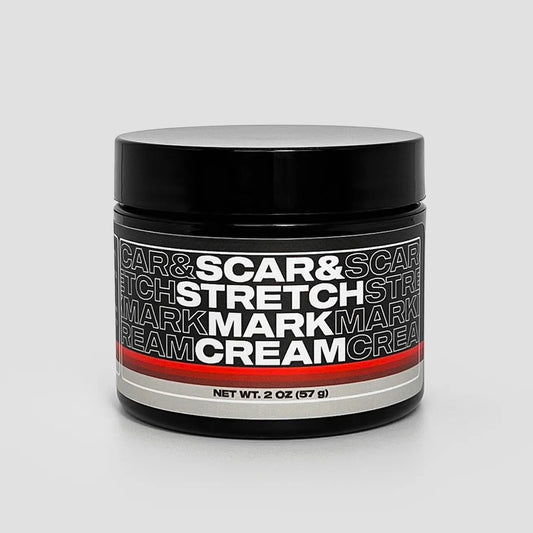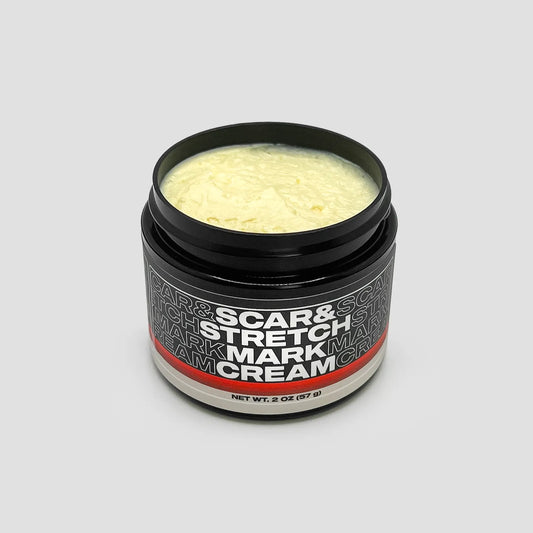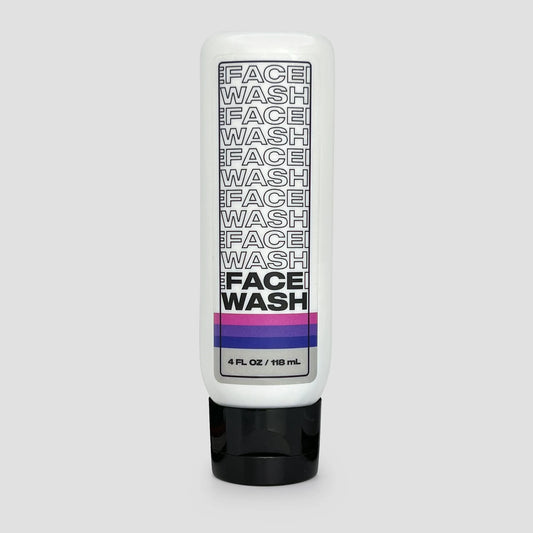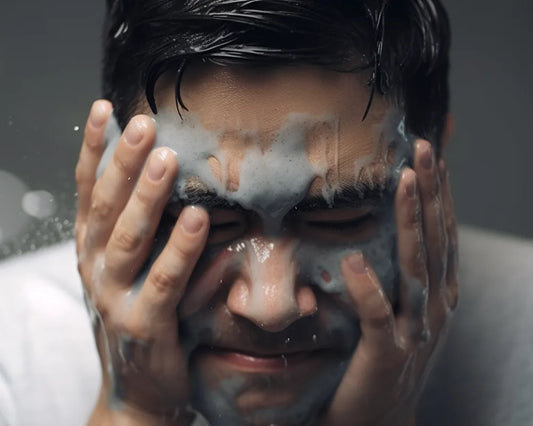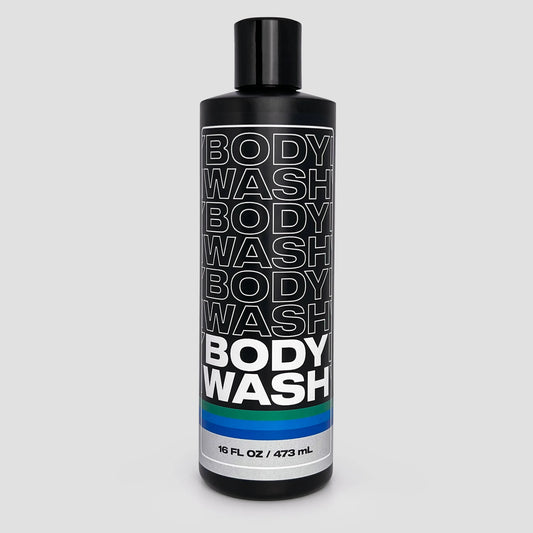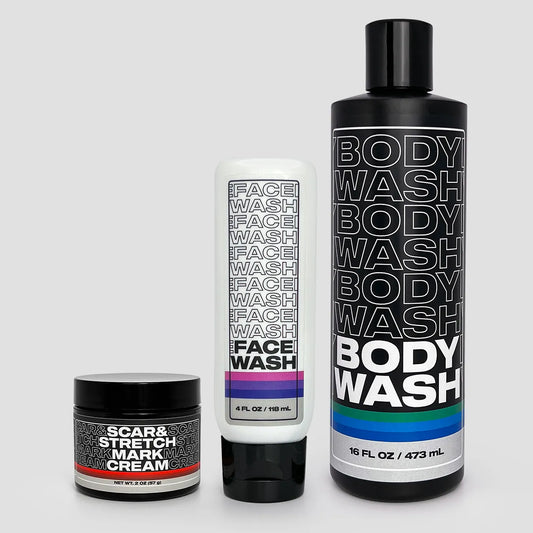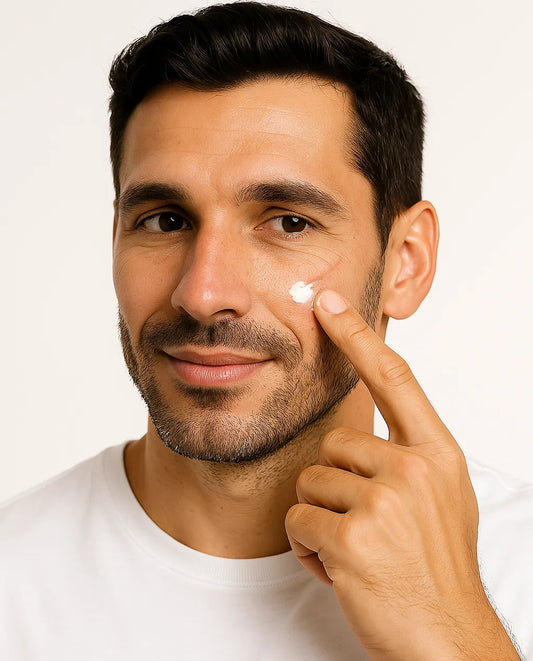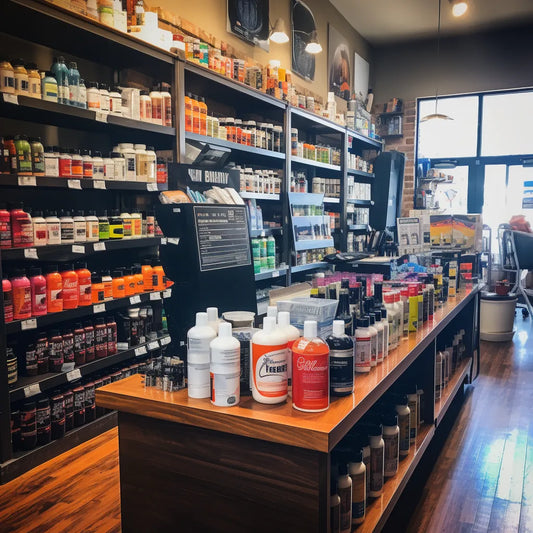
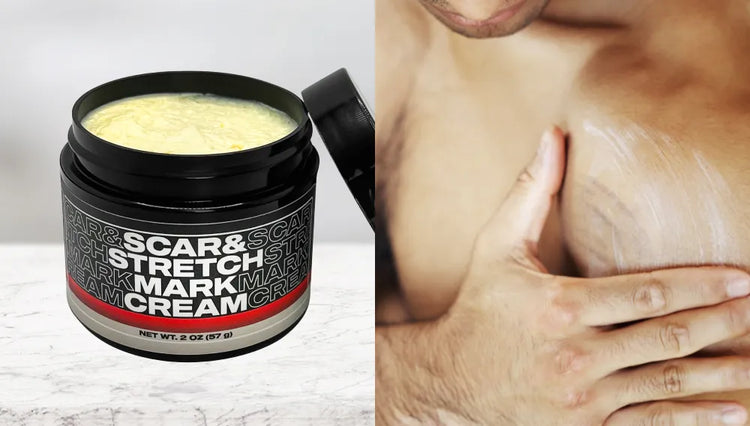
Preparing for an important sporting event? Gearing up for a weigh-in? There's a good chance you've come across the term water loading weight cut.
This technique, while quite popular in fitness circles, particularly among boxers and weightlifters, can be confusing and even daunting for the uninitiated. But guess what? It’s not as complex as it may seem.
In this article, we'll unpack this process, walking you through what it entails, its benefits, as well as debunking some common myths.
By the end of this blog post, you’ll have learned both the science and the art behind water loading weight cut. Let's dive in, shall we?
What exactly is water loading weight cut?
Water loading weight cut is a method frequently employed by athletes, especially those in combat sports and bodybuilding. The technique involves consuming large volumes of water a few days before an event or weigh-in, then drastically reducing water intake 24 to 48 hours before. The aim is to quickly drop water weight, putting the individual in a lower weight category while maintaining muscle mass.
How does water loading weight cut work?
The human body, in its bid to maintain a stable internal environment, responds to the sudden surge of water by increasing urination. When you dramatically reduce your water intake afterwards, it takes a while for your body to adjust its excretion rate, causing you to lose more water than you've consumed and cutting your overall weight. Remember, this method should not be viewed as a permanent solution to weight loss but a temporary strategy for event preparation.
How To Effectively Carry Out a Water Loading Weight Cut
Now that we've demystified what water loading weight cut is let's walk you through how you can use it to your advantage. The process requires precision, commitment, and proper hydration afterwards. It's also essential to keep in mind that the approach might not work for everyone, and it’s critical to listen to your body during the process.
1. Determine Your Need
Before starting, be sure that water loading is the right way to go for you. Is it necessary for your sport? Have you done it before? Was it beneficial? Always consult with a sports coach or a trained professional.
2. Plan Your Schedule
Decide the day you want to weigh less and work backwards from there. The water-loading procedure typically begins five to seven days before this date.
3. Start Consuming More Water
Begin to slowly increase your water intake. This can be up to two gallons (about 7.5 liters) per day depending on body size and tolerance.
4. Cut Salt and Carbs
As you increase your water consumption, make sure to reduce your intake of salt and carbohydrates, both of which can cause water retention.
5. Reduce Water Intake
About 24-48 hours out from your target date, start reducing your water intake. Some take it as low as only drinking when they are thirsty. You'll end up losing more water as your body continues to excrete at the increased rate.
6. Track Changes
Keep an eye on your body throughout the process for any signs of adverse effects. If you feel anything unusual, like dizziness or extreme weakness, suspend the process and consult with a professional immediately.
7. Hydrate and Refuel
After your weigh-in or event, it's crucial to rehydrate properly to restore your body's normal fluid balance. Include electrolytes in your refueling, as these will help stimulate your thirst mechanism aiding in rehydration. It's always food to have an isotonic sports drink on the side. Remember, post-weigh-in recovery is just as important as the loading phase.
Where did water loading originate?
Water loading for weight cut is not a new concept. This practice dates back centuries and was commonly implemented by wrestlers and later by bodybuilders. The underlying principle is fairly straightforward, your body becomes more efficient at expelling water when you consume large amounts, so when you taper down the intake, it continues to expel more, resulting in rapid weight loss that is primarily water weight.
Is water loading weight cut safe?
Water loading for weight cuts, when done correctly and for a short time, can be safe. However, it can potentially result in adverse effects such as dehydration if not properly managed. Overdoing it may result in water intoxication, a serious condition that can disrupt brain function. It's highly recommended to consult with a professional before trying such techniques.
Thriving Beyond The Scale: Embracing the Power of Water Loading
Water loading can indeed be a game-changer, especially for athletes who need to meet specific weight criteria without losing muscle mass. However, like any other weight management technique, it’s important to do it right to reap its benefits and avoid negative impacts on your health.
Recap: Unleashing The Power of Water Loading
- Water loading can help you lose weight temporarily by manipulating your body's water balance.
- It involves increasing your water intake significantly for a few days, then drastically reducing it.
- The process needs careful planning, monitoring, and an effective rehydration strategy post weigh-in.
Remember, it's all about balance. While water loading can help you reach your weight goal for a competition or event, it's also vital to maintain a healthy diet and skincare regimen. And speaking of skincare, athletes on a water cut might experience changes in their skin too, given the change in their water balance. Check out Tapered’s 'Scar and Stretch Mark Cream' and Activated Charcoal Face Wash to keep your skin in top shape. No need to stretch yourself thin. You've got this!
